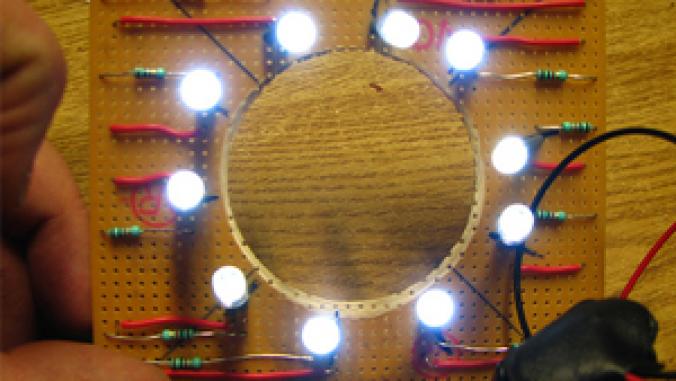Indoor Chemical Concentration Levels Dropping in Japan
The number of new houses whose concentration levels of chemical substances exceeded guidelines has been declining, according to a fiscal 2004 survey released by the Japanese Ministry of Land, Infrastructure and Transport.
The number of new houses whose concentration levels of chemical substances exceeded guidelines has been declining, according to a fiscal 2004 survey released by the Japanese Ministry of Land, Infrastructure and Transport (MLIT). Aiming to accurately determine the level of concentrations of chemical substances in the indoor air of houses built each fiscal year, MLIT has been conducting a survey every year since fiscal 2000.
The survey has been conducted on six chemicals in newly built houses, namely, formaldehyde, toluene, xylene, ethylbenzene, styrene, and acetaldehyde. In houses on which construction started during or after July 2004, the average concentration of formaldehyde was 0.026 ppm (the guideline value is 0.08 ppm) and the ratio of homes with excessive concentrations was 1.3%. The corresponding figures were 0.04 ppm (0.07 ppm) and 0.7% for toluene; 0.003 ppm (0.20 ppm) and 0.3% for xylene; 0.001 ppm (0.88 ppm) and none for ethylbenzene; 0.000 ppm (0.05 ppm) and 0.1¡ó for styrene; and 0.019 ppm (0.08 ppm) and 10.2¡ó for acetaldehyde.
MLIT has also carried out a follow-up survey on houses built in fiscal 2000 that had chemical concentrations over the guideline values. As of the summer of 2004, the ratio of houses with chemical concentrations exceeding the guideline values was 17.0% for formaldehyde and zero for toluene.
This survey is scheduled to end in fiscal 2005.
The survey has been conducted on six chemicals in newly built houses, namely, formaldehyde, toluene, xylene, ethylbenzene, styrene, and acetaldehyde. In houses on which construction started during or after July 2004, the average concentration of formaldehyde was 0.026 ppm (the guideline value is 0.08 ppm) and the ratio of homes with excessive concentrations was 1.3%. The corresponding figures were 0.04 ppm (0.07 ppm) and 0.7% for toluene; 0.003 ppm (0.20 ppm) and 0.3% for xylene; 0.001 ppm (0.88 ppm) and none for ethylbenzene; 0.000 ppm (0.05 ppm) and 0.1¡ó for styrene; and 0.019 ppm (0.08 ppm) and 10.2¡ó for acetaldehyde.
MLIT has also carried out a follow-up survey on houses built in fiscal 2000 that had chemical concentrations over the guideline values. As of the summer of 2004, the ratio of houses with chemical concentrations exceeding the guideline values was 17.0% for formaldehyde and zero for toluene.
This survey is scheduled to end in fiscal 2005.




